António Pereira graduated in Applied Physics at the University of Minho with a thesis on external-cavity tunable lasers, under supervision of Michael Belsley. He obtained his Ph.D. from the Faculty of Medicine at Universidade do Porto with a thesis on metaphase spindle mechanics analysis and imaging, under supervision of Helder Maiato (i3S) and co-supervision of Michael Belsley.
His main outputs are centered on the development of optical techniques, mostly within the field of fluorescence microscopy. He co-developed a scattering-based light coherence analysis technique (1), a 3D speckle ‘contrast fade-out’ technique for protein dynamics measurements (2) and coherent-hybrid STED microscopy (3,4). This latter development, CH-STED (also known as bivortex STED), allows a balance between axial and lateral resolution to be chosen in super-resolution imaging, and was recognized as the method of choice for STED-FCS (Barbotin et al., ACS Photonics 2020). In bio-modelling, he developed the coupled-spindle model (2,5), a purely classical physics dimensional approach that explains/correlates spatial and temporal scales and chromosome synchrony in cell division exit.
He is currently interested in coherence-polarization coupling, super-resolution and optical sectioning methods, always with a pragmatic orientation towards their effective use by bio-scientists.
(1) "Using light scattering to measure the temporal coherence of optical sources". Journal of the Optical Society of America A (2005)
(2) "Inducible fluorescent speckle microscopy". The Journal of Cell Biology (2016)
(3) "Coherent-hybrid STED: high contrast sub-diffraction imaging using a bi-vortex depletion beam". Optics Express (2019)
(4) (preprint) “Bridging the resolution-sectioning gap in stimulated emission depletion microscopy: theory and experiment”. biorxiv (2024) https://doi.org/10.1101/2024.01.18.576258
(5) "Synchronizing chromosome segregation by flux-dependent force equalization at kinetochores". Journal of Cell Biology 186 1 (2009)

